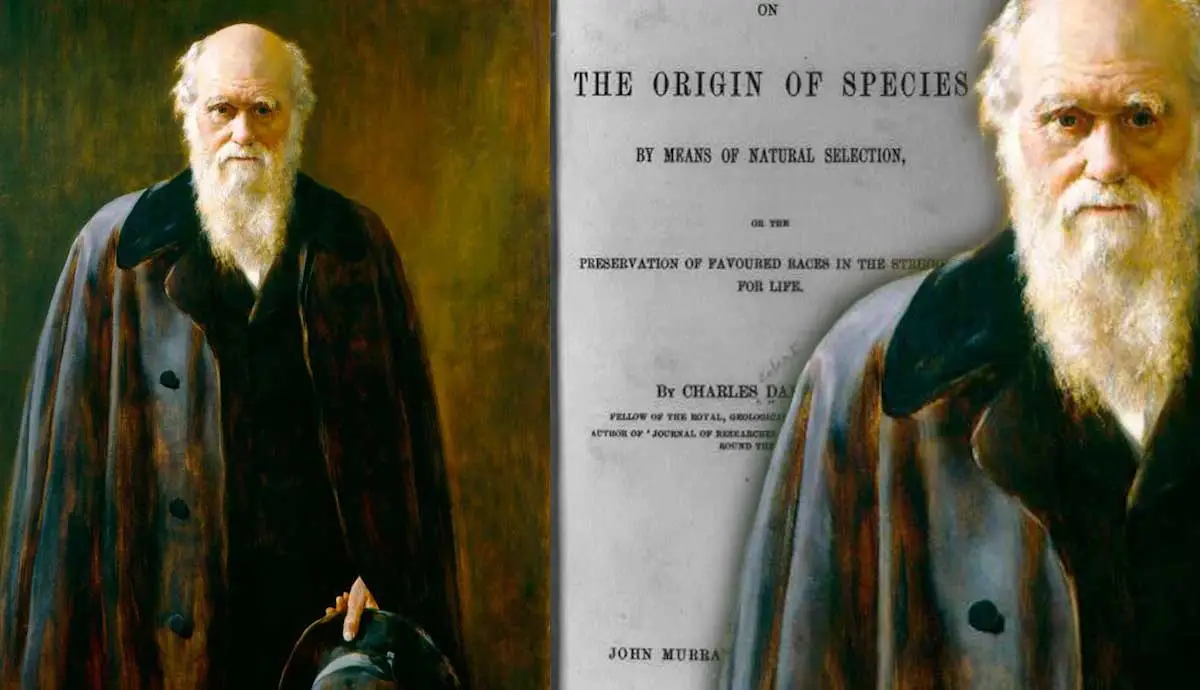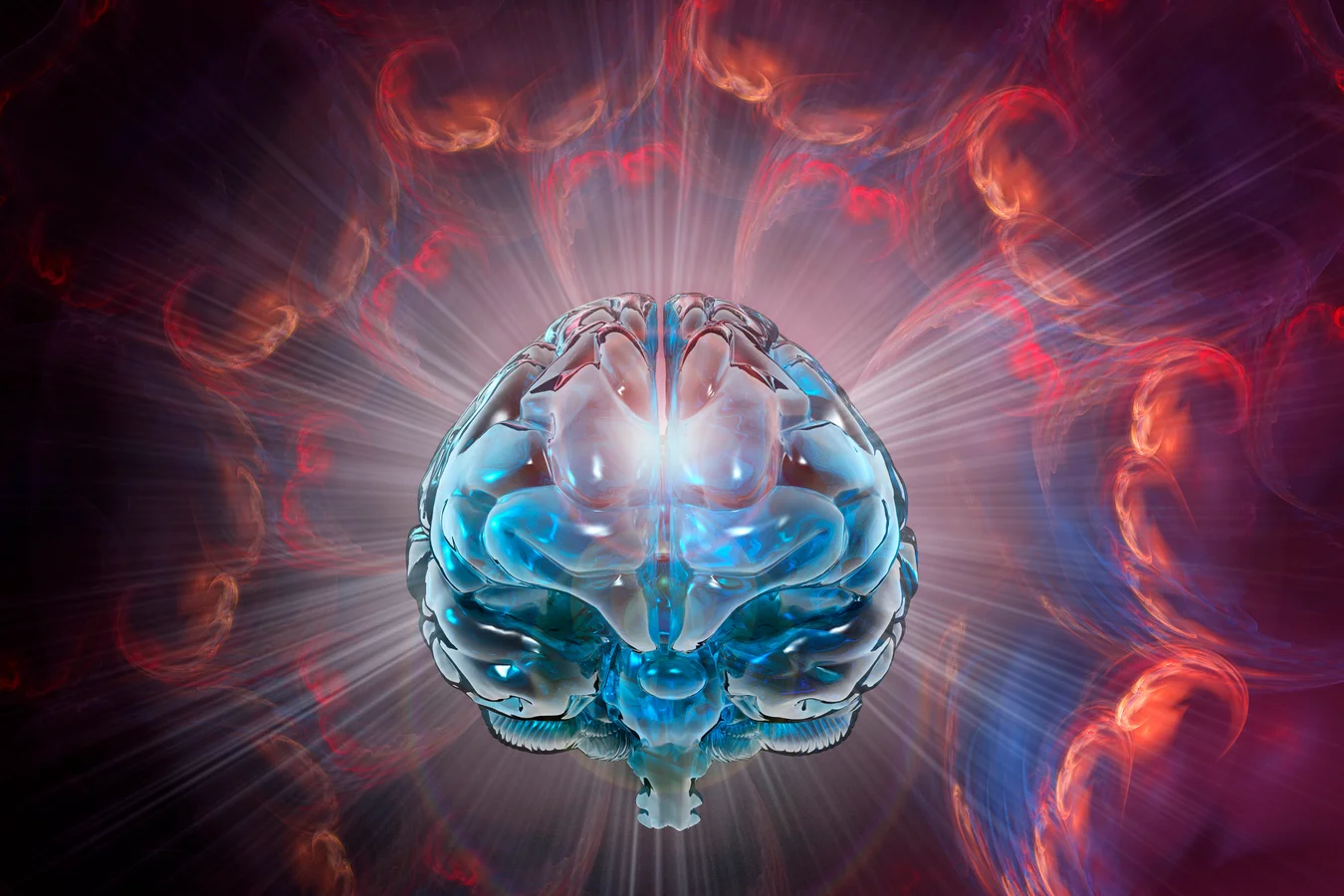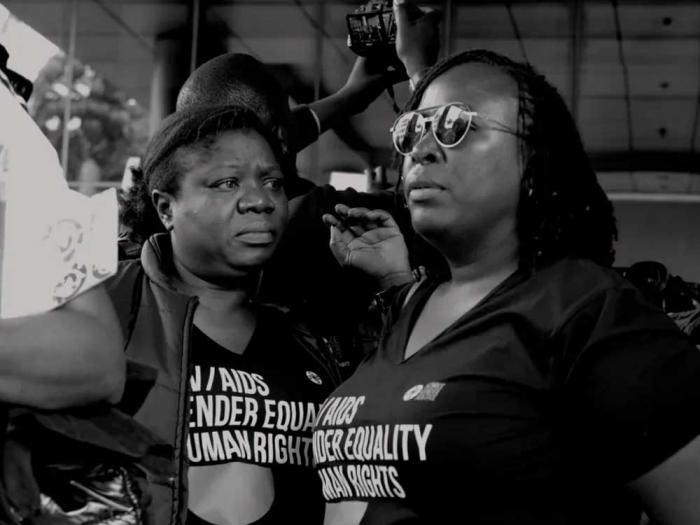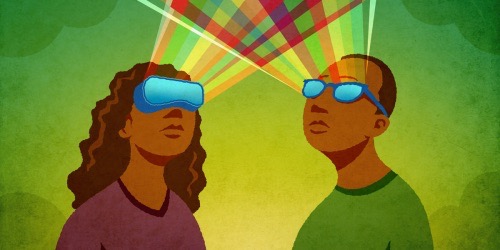In June 2020, stop-motion animator Cressa Maeve Aine unveiled a short film titled "Coming Out." The film featured action figures of Godzilla, Baragon, and Godzilla Jr., focusing on Godzilla Jr.'s revelation of her identity as a trans girl to her father. Notably, "Coming Out" was a remarkable creative endeavor characterized by its absence of dialogue, relying solely on roars and other noises from the colossal creatures. Through poignant storytelling, the short depicted Godzilla Jr.'s journey of self-acceptance and her father Godzilla's supportive role as a cis parent. Aine's work showcased exceptional filmmaking, marked by heartfelt moments, impressive animation, and clever sight gags, such as Godzilla wearing reading glasses.
The short gained significant traction and was even shared by the official Toho Godzilla Twitter account during Pride Month. This gesture not only celebrated diversity but also highlighted the substantial queer fanbase that Godzilla has garnered over the years. In contrast to other major media franchises, which might face backlash for portraying canonical characters as LGBTQIA+, the response from the Godzilla fan community was overwhelmingly positive. For many fans, Godzilla's iconic roar of "SKREEONK" was supplemented with a rallying cry for "GAY RIGHTS!"
The question arises: what accounts for Godzilla's dedicated queer following? This was likely not a consideration for the original Godzilla creator, Ishirō Honda, in 1954. The first Godzilla film served as a metaphor for the horrors of nuclear warfare, reflecting the anxieties of a post-war Japan familiar with the devastation wrought by atomic bombs. However, over time, Godzilla transcended his initial allegorical role, evolving into a beloved cultural icon with a diverse fanbase. As Godzilla's popularity grew, so too did his significance to LGBTQIA+ audiences, aligning him with themes of resilience, identity, and acceptance beyond his original nuclear symbolism.
Godzilla's special significance to queer viewers is deeply rooted in the LGBTQIA+ community's broader affinity for movie monsters. Throughout history, creatures labeled as monstrous simply due to their inherent nature have often been allegorically linked to queerness. A poignant example is found in gay filmmaker James Whale’s interpretation of Frankenstein’s monster in the 1930s. Whale's portrayal of the lumbering beast, grappling with a longing for companionship and enduring relentless persecution from "normal" society, strikes a chord of empathy and sorrow. Many interpret this narrative as a reflection of the experience of queer individuals, pursued by hostile mobs of non-acceptance.
The association of large monsters with allegorical queerness extends beyond Whale's depiction of Frankenstein's monster. This concept imbues characters like Godzilla with a profound sense of personal resonance for queer audiences. These monster narratives often tackle themes of isolation and societal ostracization in a manner that is both engaging and thought-provoking, surpassing the treatment of similar themes in explicitly queer narratives crafted by cisgender heterosexual filmmakers. One could opt for the conventional portrayal of a gay character's tragic demise to motivate a cis-het protagonist, or indulge in Godzilla's portrayal of queerness as he battles smog monsters or three-headed space dragons.
Yet, Godzilla's appeal to the queer community transcends mere societal isolation. The increasingly extravagant mythology surrounding this iconic creature has made it a magnet for camp-loving queer individuals. Consider, for instance, the twin fairies accompanying Mothra in Godzilla outings like "Destroy All Monsters!" Additionally, Godzilla's antics, from dropkicking adversaries to celebrating victory with a jubilant dance, have become iconic moments immortalized in GIFs, some of which serve as playful jests. However, for queer viewers, these outlandish elements represent a form of unabashed silliness that is utterly irresistible.
Existing as queer in certain spaces can often be an exhausting process. Speaking from experience, just riding on the train as a queer trans lady can be a source of anxiety. Am I presenting too queer? Is my outfit going to draw the wrong kind of compliments? I’m not at fault for getting harassed. Nobody’s outfit or appearance is justification for that behavior. However, I can’t stop my mind from racing with fear in public over potential catastrophes.
Watching deeply absurd and confident movies like the wackiest Godzilla installments is a safe zone for engaging in maximalist absurdity. All these monsters, including Godzilla, revel in being ridiculous; it’s great to live vicariously through their confidence. Wearing vivid makeup or strolling around a grocery store in a colorful dress might inspire bigoted comments from spectators. No such potential external horrors intrude on Godzilla’s most ludicrous experiences.
Immersing oneself in the ridiculousness of Godzilla lore allows queer viewers to fully escape into the kind of stylized silliness that society often demonizes. Nobody in the Godzilla movies points and laughs at this lizard for doing a victory dance — not true for real-world commentators. Something else drawing queer interest in Godzilla movies is the mockery surrounding these kaiju titles. Godzilla has always been a famous monster, but for many decades, classic Japanese movies starring the character were routinely ridiculed.
Mainstream features would only reference vintage Godzilla movies to make fun of the “rubber suits” or bad dubbing in American translations of these features. This negative perception of Godzilla can even be found from director Roland Emmerich, the man behind the first American Godzilla remake. “I was never a big Godzilla fan,” Emmerich said to Los Angeles Daily News in May 1998, “They were just the weekend matinees you saw as a kid, like Hercules films and the really bad Italian westerns. You’d go with all your friends and just laugh.” He would also note that his disinterest in Godzilla’s wackier elements (including his atomic breath) informed the design of the beast. Emmerich’s self-consciousness about Godzilla being “silly” was no aberration. He spoke for generations of American moviegoers who saw these movies as disposable.
The saying "One man’s trash is another man’s treasure" aptly applies to the phenomenon where monster movies dismissed as absurd by mainstream audiences found a special place among queer moviegoers. Unlike mainstream nerdy franchises such as Star Wars or Star Trek, the Godzilla series had a more underground feel, seemingly belonging exclusively to the queer community who reveled in endlessly watching titles like Godzilla vs. Biollante. While many deemed Godzilla movies "too ridiculous," this perception resonated with queer individuals who often felt similarly marginalized. Consequently, societal outsiders embraced these films, which were long considered quirky kitsch.
The abstract nature of Godzilla and other monstrous characters further fueled their appeal to queer viewers. With no concrete dialogue, these colossal creatures remained enigmatic, seemingly beyond human comprehension, save for rare instances like All Monsters Attack, where humans bonded with creatures like Minilla. This inability of humans to fully grasp Godzilla's mindset parallels the frustration often felt by LGBTQIA+ individuals in attempting to convey their experiences to cisgender heterosexual people.
This ambiguity not only adds to the terror Godzilla instills but also invites queer viewers to project their own interpretations onto these monsters. Why couldn't Godzilla and Ghidorah's battles symbolize conflicts within the queer community? Is Mothra's soaring flight a metaphor for championing lesbian rights? Could Baragon's behavior represent the struggles of an angsty bottom dealing with sexual frustration? Unlike characters in mainstream media, these monsters never deliver casually homophobic remarks, allowing queer audiences to freely interpret their personalities and actions.
The abstract qualities of Godzilla's universe serve as a canvas for endless queer interpretations, offering viewers the opportunity to infuse their own experiences and perspectives into the iconic creatures' narratives.
When there's a scarcity of explicit artistic representations of oneself, individuals often resort to seeking resonance in art that speaks to them personally. For many queer individuals, finding their experiences reflected in mainstream media can be a challenge. LGBTQIA+ bodies are frequently relegated to roles as corpses or vessels used to impart lessons to heterosexual audiences. Even queer aesthetics are often overlooked in mainstream cinema, with preference given to subdued color palettes and gritty realism. This tendency can be observed in various installments of the MonsterVerse, such as the recent Godzilla x Kong: The New Empire, where the peculiarities of kaiju characters are toned down to make them more acceptable to mainstream audiences.
Given the cultural and societal suppression of art that might be deemed "queer," it's hardly surprising that many individuals find comfort in classic Godzilla films. While Gamera may be hailed as the "friend to all children," cinematic gems like Coming Out demonstrate that Godzilla serves as a beacon of acceptance for queer individuals.













0 Comments